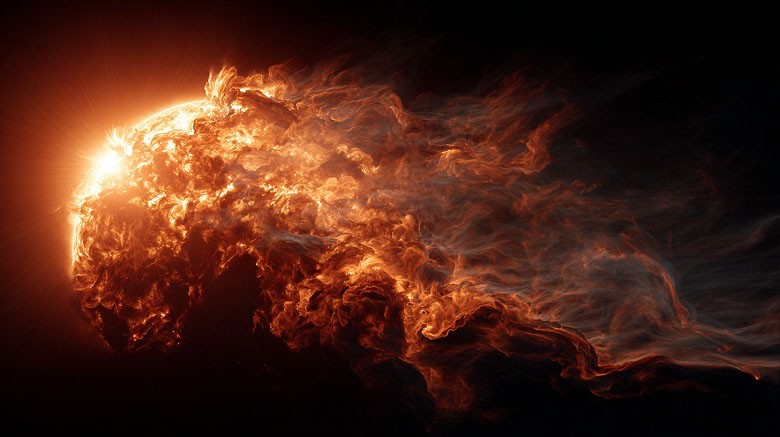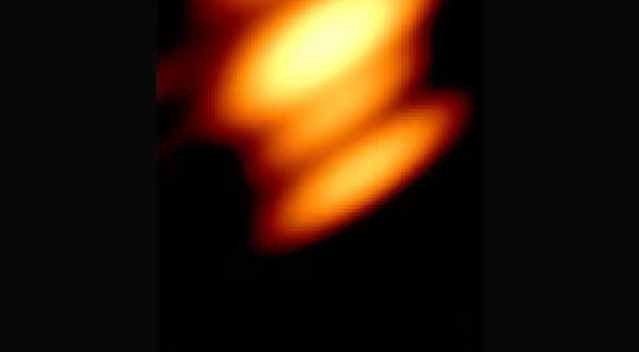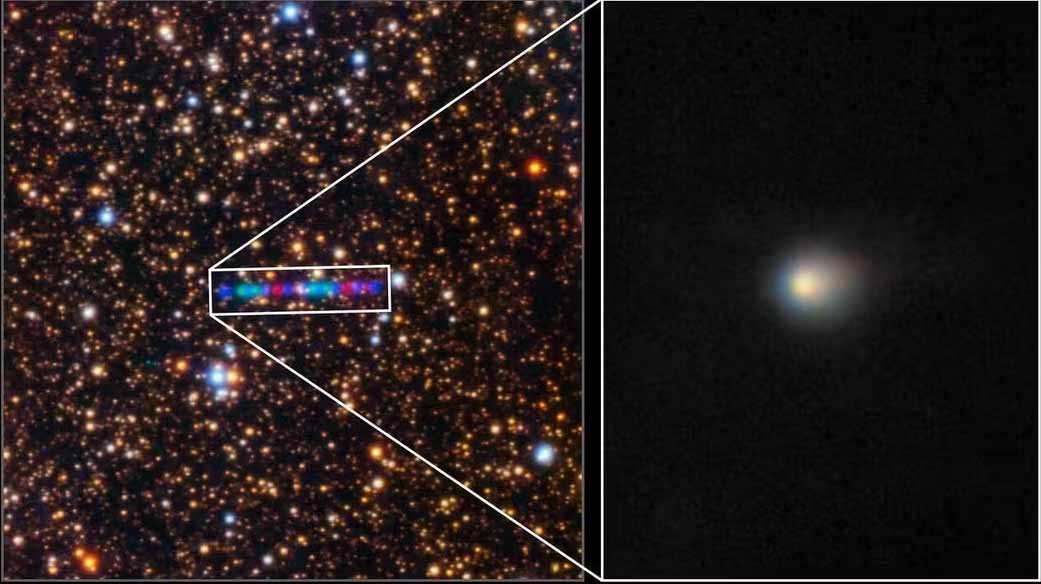A team of physicists working with the LHCb detector at CERN's Large Hadron Collider has detected the first-ever reliable CP symmetry breaking in the decay of baryons, the fundamental particles that make up most of the observable matter in the universe, including protons and neutrons. This discovery has the potential to change our understanding of the nature of matter and bring science closer to understanding why our universe exists in its current form.
We are talking about CP-violation (violation of charge-mirror symmetry) in the decay of a heavy lambda baryon with a b-quark-a particle consisting of three quarks, one of which belongs to the “heavy”family. CP-symmetry suggests that particles and antiparticles should behave identically if you swap them with reflection and swap the charge. However, reality, as the experiment shows, violates this symmetry.
Over the course of nine years, a team of researchers recorded decays of almost a trillion lambda baryons and their antiparticles, resulting in a statistically significant difference — about 2.5% - in the probability of decays between a particle and an antiparticle. Statistical confidence has reached the level of 5.8 sigma-this is above the generally accepted threshold of discovery in particle physics (5 sigma).
Previously, such effects were reliably recorded only in the decays of mesons-particles consisting of a quark and an antiquark. In the case of baryons, such deviations remained a theoretical assumption for a long time. The new result expands the field of possible sources of CP violation, especially those that go beyond the Standard Model of Particle Physics.
The value of the discovery lies not only in its scientific novelty, but also in its potential connection with the cosmological mystery of baryon asymmetry. According to the Big Bang models, matter and antimatter should have emerged in equal amounts, mutually annihilated, and left behind an empty universe filled only with radiation. However, observable reality is a world almost entirely made up of matter. Where antimatter is is an open question.
According to leading theorists, including Professor Sean Carroll, this result is “a small but important piece of the big puzzle", confirming that baryons are indeed capable of breaking symmetry and probably played a key role in the formation of matter in the early universe.
Lead author Xu Ying Yang emphasizes that this is only the first step. To explain the scale asymmetry, additional sources of CP violation are required, which are probably outside the Standard Model. It is in this direction that research will continue at the LHCb and other advanced detectors operating on the edge of fundamental physics.
The discovery represents not only a scientific breakthrough, but also highlights the relevance of international cooperation and long-term investments in basic research. In the context of Uzbekistan, which is actively developing areas of nuclear and theoretical physics, such achievements form guidelines for the strategic development of science and education.













